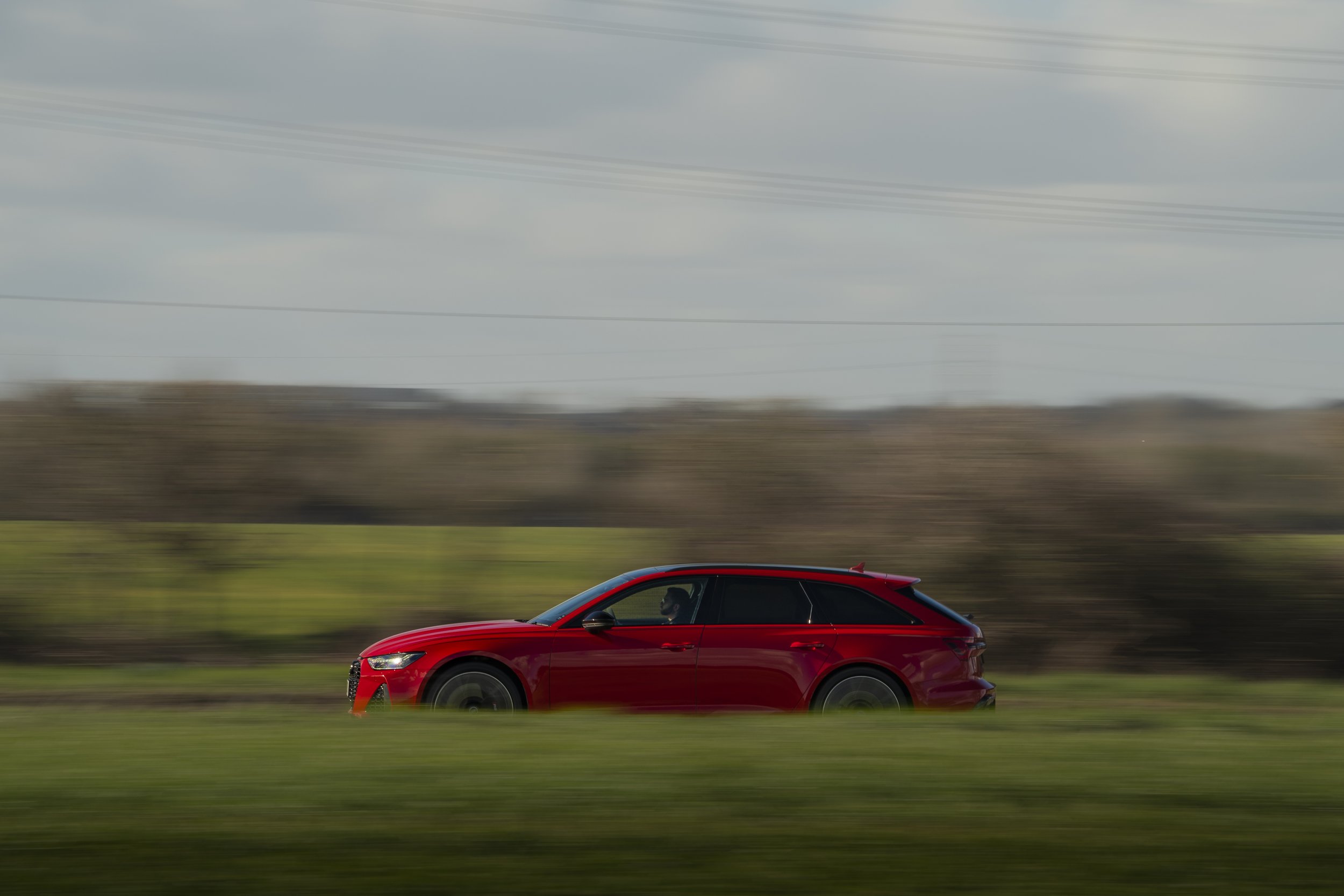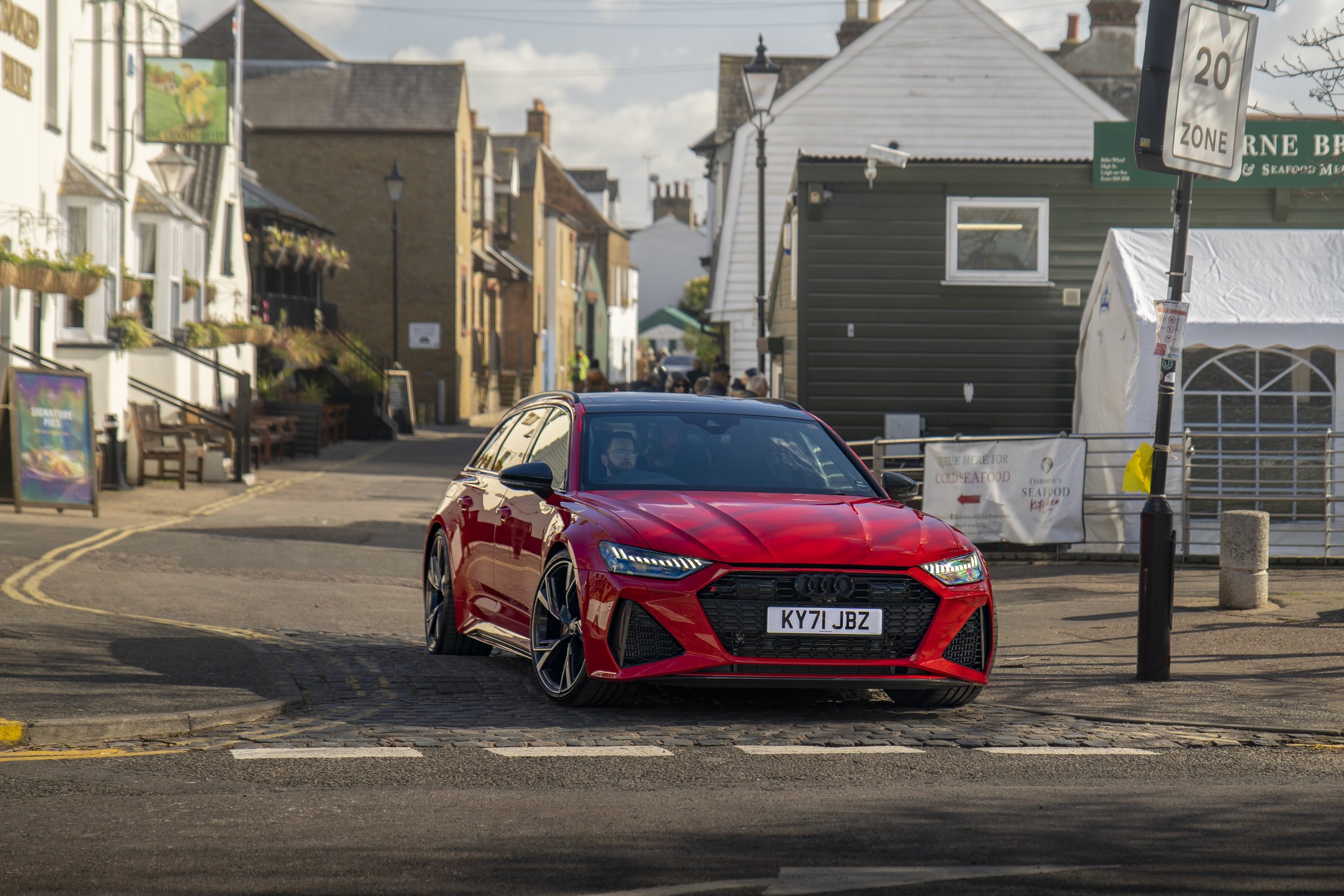
Road Test: Audi RS 6 Avant
Six figures is no small sum of money, especially for an estate car, but the Audi RS 6 is no ordinary family wagon.
WORDS: Mark Rose | PHOTOS: Matt Price
“Objectively it’s unnecessary, but somehow, it makes a whole lot of sense.” That was the sentence which I used to sign off my Audi RS 7 Sportback article when I road tested it. The sense that 600 horsepower in a family car was rather OTT yet oddly justifiable dominated my thought process during my time with it. However, as the months went on and I digested the experience a little more, I realised that I didn’t love it as much as I thought I had. Truth be told, the steering was too vague and it robbed me of the outright confidence required to make the most of it down a B-road. Never blunt, just disconnected. But it took some shine off what was otherwise a highly capable and well-rounded package. So, why should I view the RS 6 Avant any differently? Is it pointless to road test the wagon when it’s fundamentally the same car underneath?
Fresh eyes can go a long way and a change in target audience offers a new perspective from which to judge a car. You can fit the family in an RS 7 and the boot is certainly accommodating, but if you want an actually family vehicle then there’s no replacement for the RS 6. This arguably makes the speed even more ludicrous. If you choose to deploy all its performance while you have the kids in the back and the dog in the boot, then you have no right to moan about the mass clean up that will undoubtedly follow. And trust me, it has some serious poke. The twin-turbo 4.0-litre V8 engine makes 597bhp and 590lb ft. and distributes it to all four wheels via an eight-speed automatic gearbox. Numbers like zero to 62mph in 3.6 seconds and the standing quarter mile in 11.3 seconds don’t paint the full picture. It is devastatingly fast and the huge reserves of torque mean that performance is accessible in any gear at any point in the rev band. And none of that power is squandered away thanks to the quattro all-wheel-drive system which offers unrelenting traction. The day it arrived it was peeing down with rain, yet I was still able to deploy all of the performance with complete confidence. As a point-to-point all weather weapon, the RS 6 Avant is unrivalled. The eight-speed tiptronic can be a tad lazy on the down change, but upshifts are fast and when you’re accelerating there’s nothing mechanical that hinders your rate of progress. It sounds awesome, too. At low speed the V8 sounds like it’s gargling RS 4s for fun and at full chat, it sounds like a storm crackling overhead.
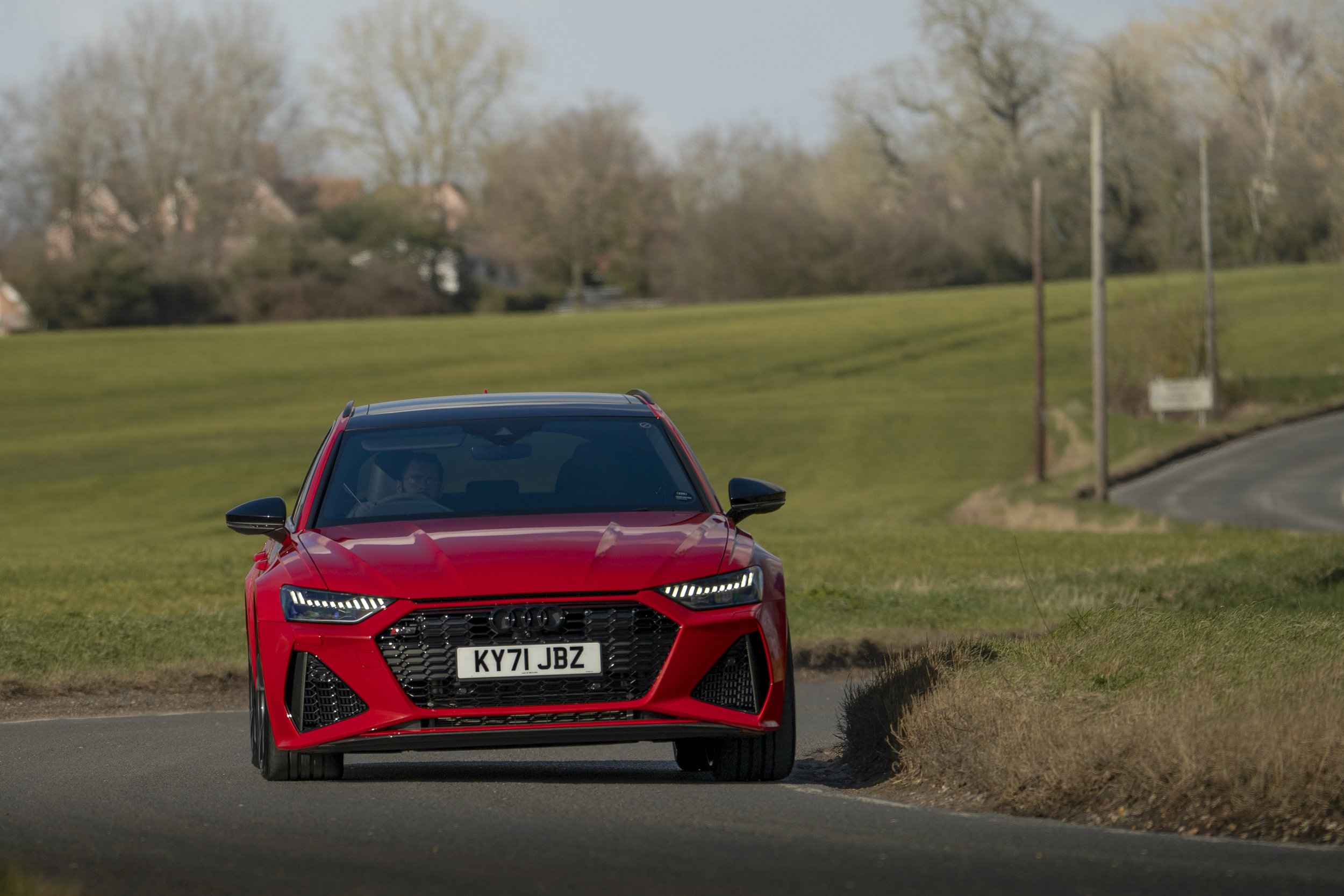
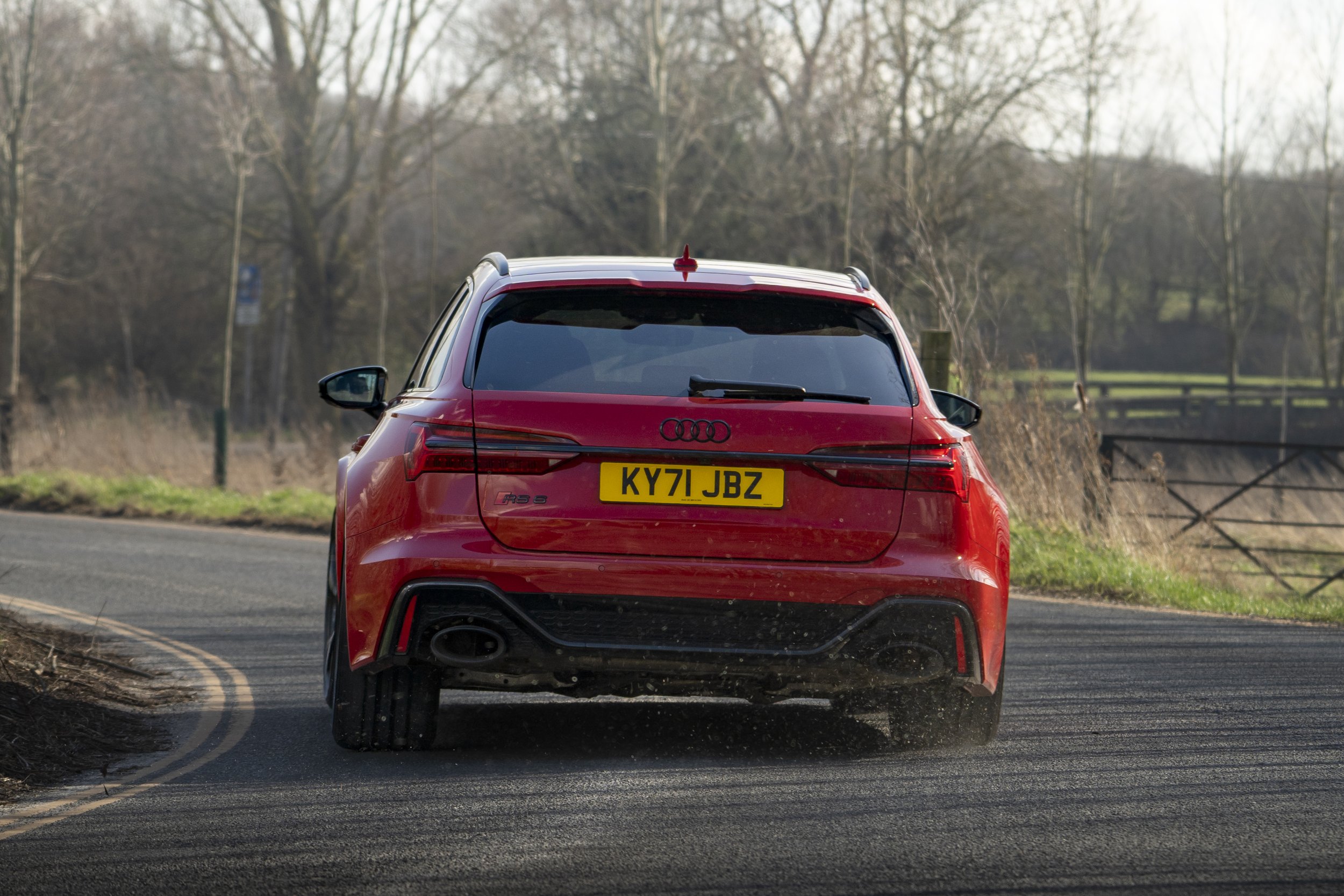
That said, the RS 6 can also be incredibly subdued in a Jekyll and Hyde kind of way. One minute it wants to pull planet Earth out of orbit and the next, it’s a comfy daily driver. Driving modes are key to this with options for Efficiency, Comfort, Auto and Dynamic. All trims come with air suspension apart from Vorsprung which uses the upgraded sports suspension and swaps out the air springs for coils, making it more agile on country roads. Which ever spec you buy, the RS 6 benefits from adaptive damping and the ride quality between the Comfort and Dynamic modes is markedly different. There’s always a suppleness to the primary ride, but the secondary ride tends to lean on the side of purposeful and in Dynamic, it’s seriously busy. Fortunately, you can map individual settings using the RS1 and RS2 buttons on the steering wheel so you can tailor your favoured set up and have it ready to deploy at the tap of a button. Otherwise, you’re left at the mercy of the out-the-box driving modes and how varied they are.
Whichever driving configuration you’re in, you can never escape from the 2,075kg kerbweight. It’s a chunky car and despite the light steering and tighter driving modes, it never quite shakes off its mass. Tip it in to a corner and you can feel the body roll, but somehow it manages to feel completely unflappable thanks to it’s relatively low centre of gravity (long live the estate car), and the massive 275 front and 285 section rear tyres. In typical fast Audi tradition, it understeers when you start to push too hard, but it has so much grip that you shouldn’t be unsettling the front end at road speeds, and if it does start to run wide, a combination of four-wheel steering and torque vectoring will help clean up your direction of travel. Torque split front to rear is 40:60, but it can send up to 85% of the available torque to either rear wheel via a sport differential, so while it certainly isn’t a drift machine, there is some fun to be had by disengaging the driver aids and having a play. And what about that light steering? It’s still vague and there are times where you’re left second guessing what the front wheels are up to, but in the context of the car and how it’s used, it matters less than it does in the RS 7. You, see? Perspective.
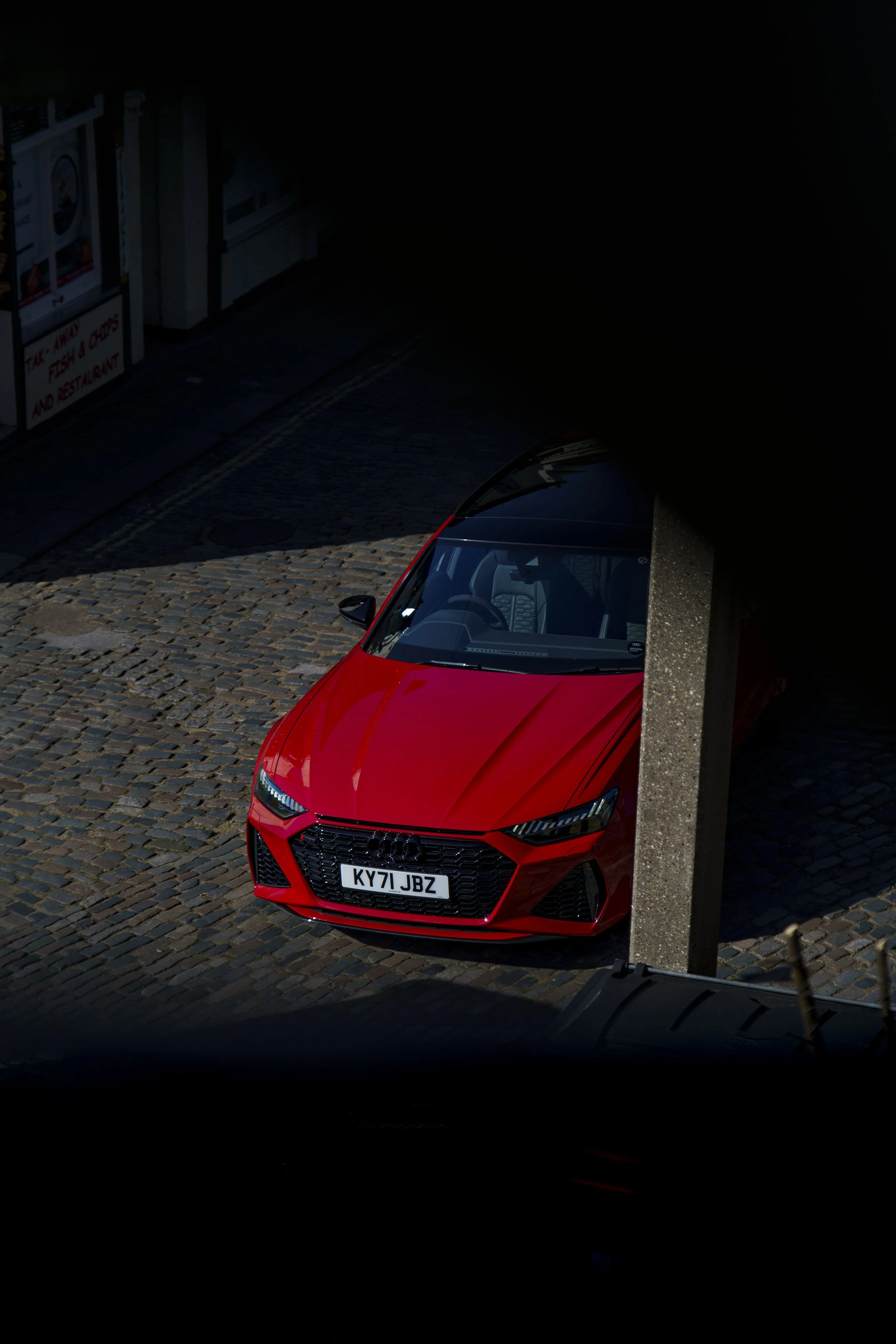
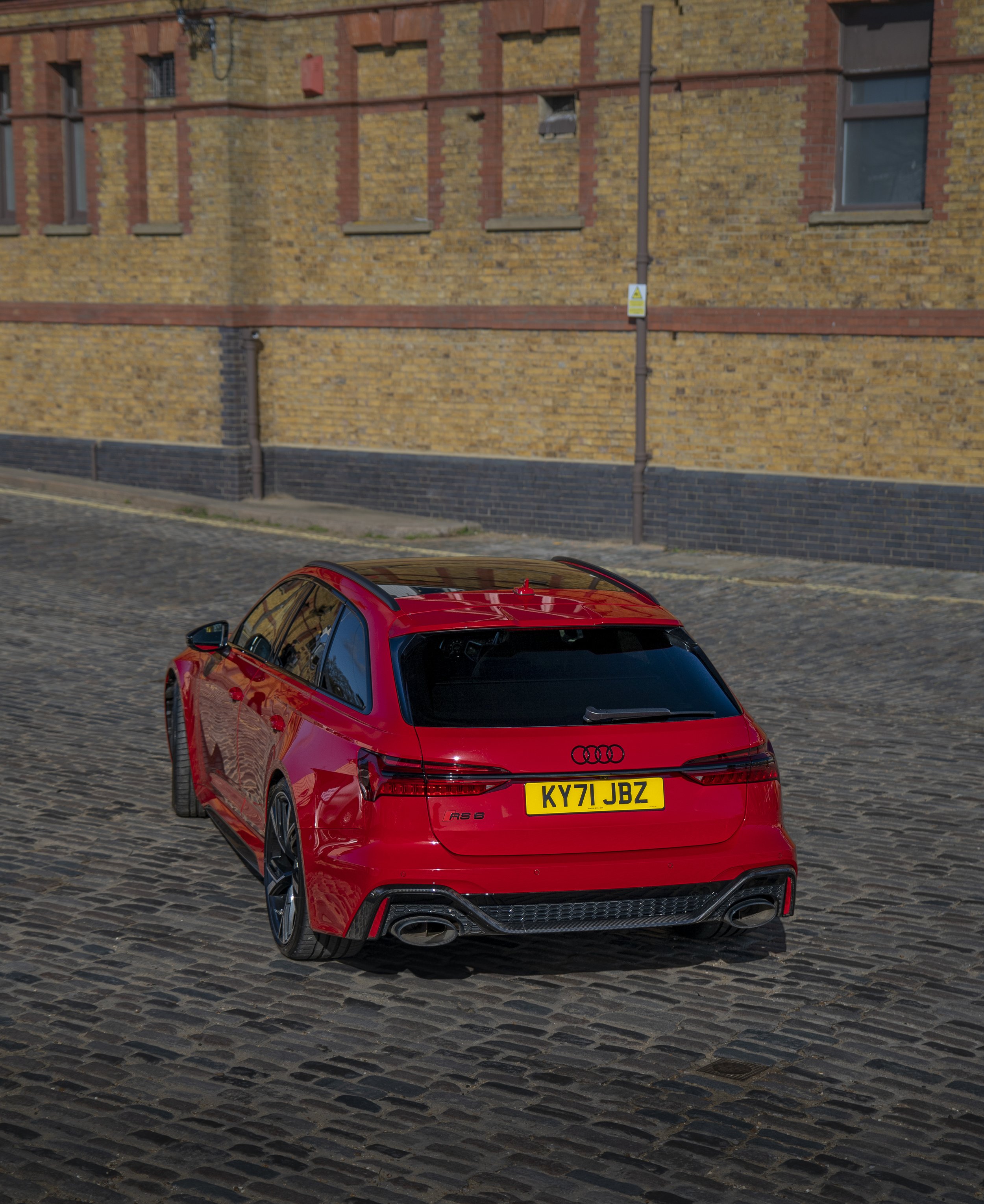
The cabin is also the same as you get in the RS 7 but the big difference is the back. The four door coupe body shell of the sister car means rear head room is limited, but in the RS 6 you have no such problems. The only limiting factor is the transmission tunnel that runs through the centre of the car and makes the middle seat fairly unusable, but other rear occupants benefit from plenty of head and leg room, as well as bolstered seats and storage compartments. With the rear seats up, the boot has 565 litres of storage space and with them down, that figure swells to 1,680 litres. Whether you’re ferrying the kids and their carry-on luggage around, or throwing your fishing gear or golf bags in the boot, there’s more than enough space to accommodate all your needs. Man’s best friend can also come for the ride. Look, we tested it. His name was Cooper and he was a very good boy.
From a build and material quality perspective, the interior is everything you come to expect from an Audi. The architecture is around three years old now, but it still feels fresh and the multitude of screens with haptic response remain sharp and easy to navigate. I’d hate to sound like a broken record, but a few more physical buttons would be useful, however, Audi offer arguably the best touch displays in the business and at least you get some level of feedback. Also, shout out the £1,950 panoramic glass sunroof and the amount of natural light it brings to the cabin – this is an optional extra that shouldn’t be missed.
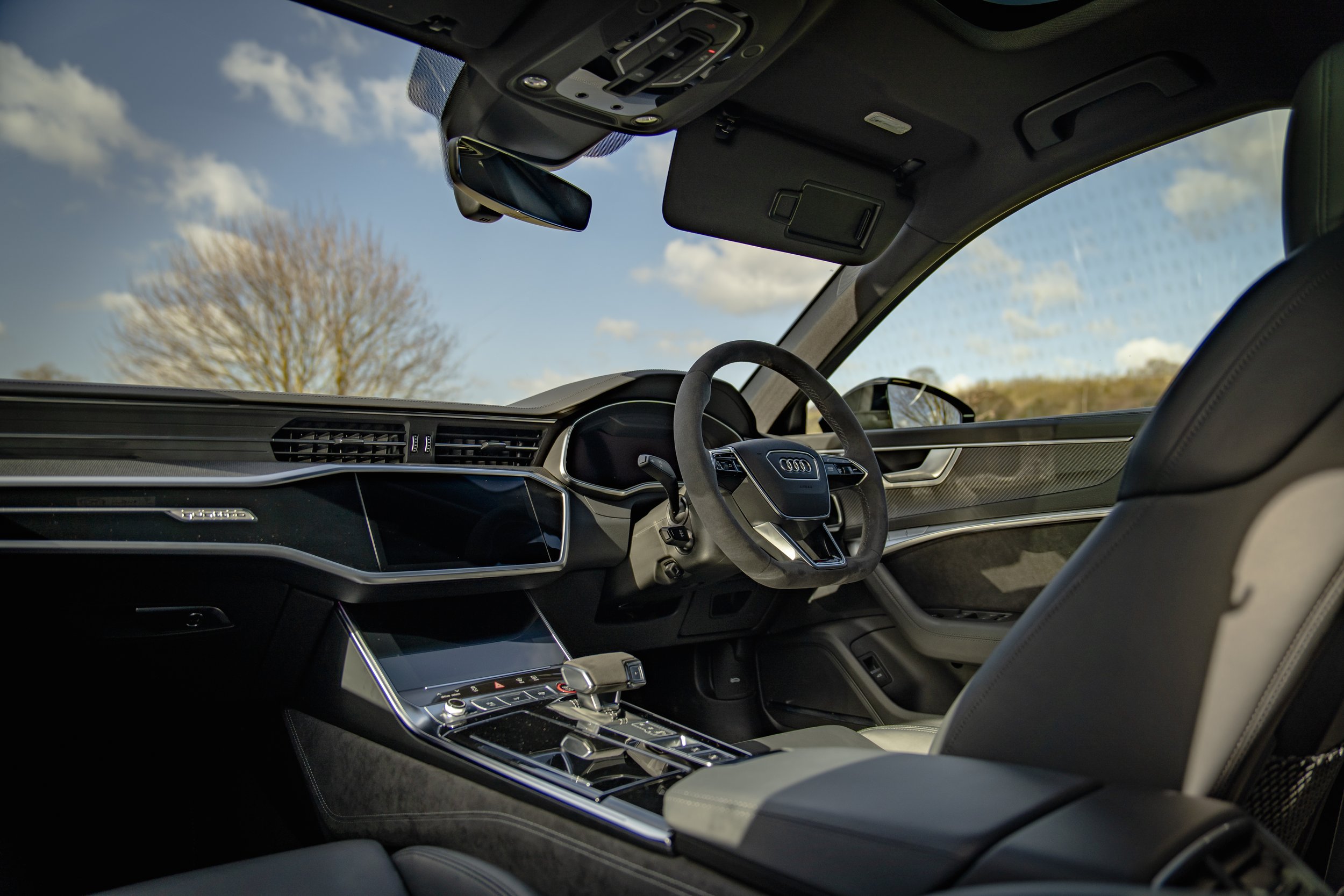
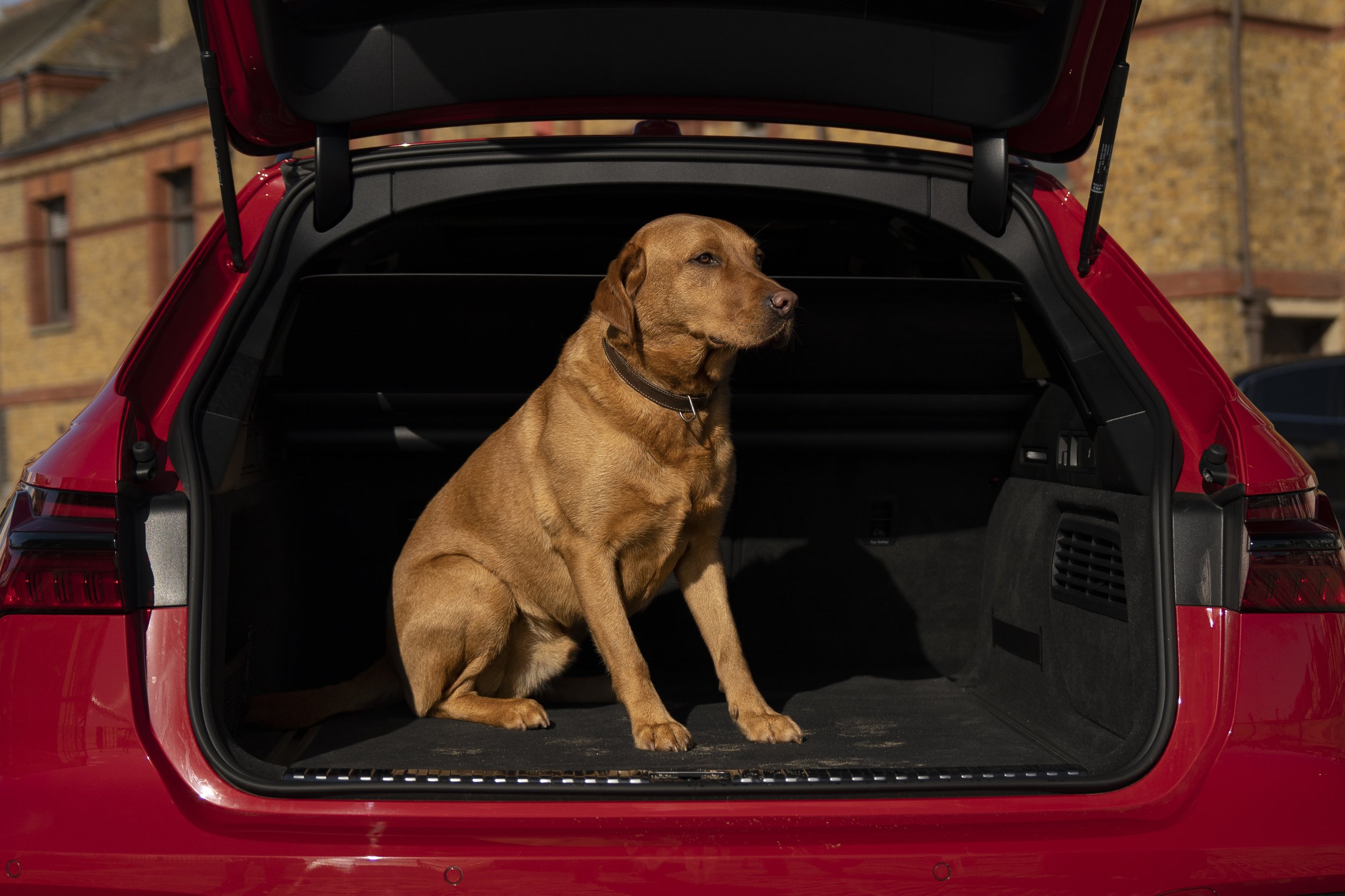
With prices starting from £117,420 and fuel consumption averaging 19mpg on daily use, the Audi RS 6 Avant is by no means cheap to buy or run. But that doesn’t stop it from being an incredibly desirable machine and I’ll admit, I didn’t realise how cool it really was until we were out capturing static imagery. People gravitated towards it in a way that I’ve not seen before. With supercars, the team and I are sometimes asked questions from curious onlookers, but most people grab pictures and ultimately keep their distance. But with the RS 6, we were inundated with questions and the reactions to it were overwhelmingly warm. Interestingly, everyone highlighted how they would make use of it from a practical standpoint while commenting on its aggressive stance and prodigious power output. Sure, it may be financially out of reach for a large proportion of society, but it’s understood in a way that a supercar just isn’t. People see a practical, fast family wagon and they got all hot under the collar, and ultimately, that is the lure of an Audi RS 6. It’s outrageous in so many ways, but it’s also deeply relatable to the many, not the few. Objectively it’s unnecessary, but somehow, it makes a whole lot of sense.
Engine: V8, twin-turbo
Displacement: 3,996cc
Power: 597bhp @ 6,000rpm
Torque: 590lb ft @ 2,050rpm
Transmission: 8-speed auto, AWD
0-62mph: 3.6 secs
VMAX: 155mph
Kerbweight: 2,075kg
Price: £117,420+
Technical Specifications
A mouth watering blend of speed, practicality and dynamic ability that very few cars are capable of pulling off. The RS6 continues to be one of the most desirable cars on sale.
8/10
Verdict & Rating
“One minute it wants to pull planet Earth out of orbit and the next, it’s a comfy daily driver”
